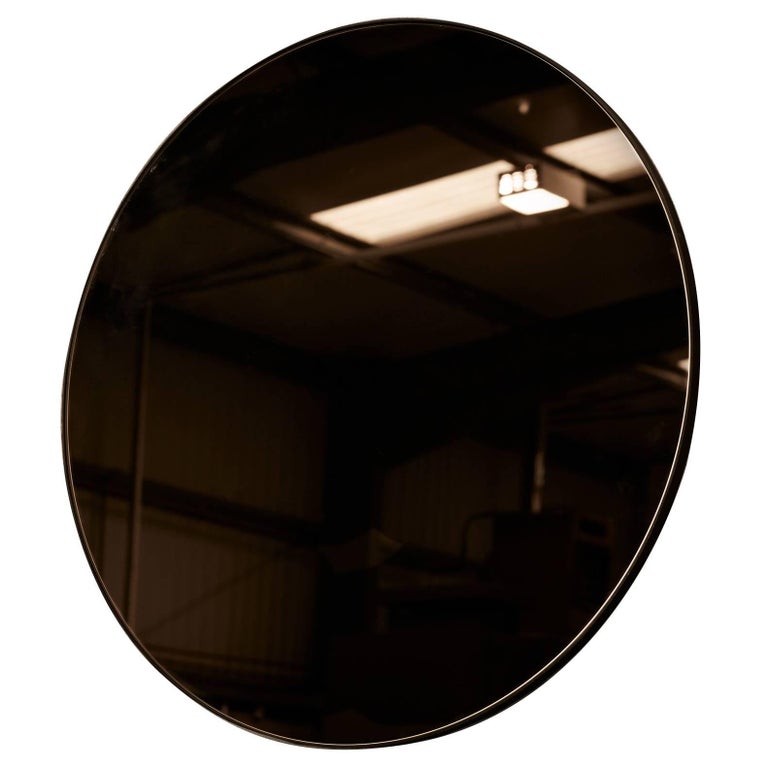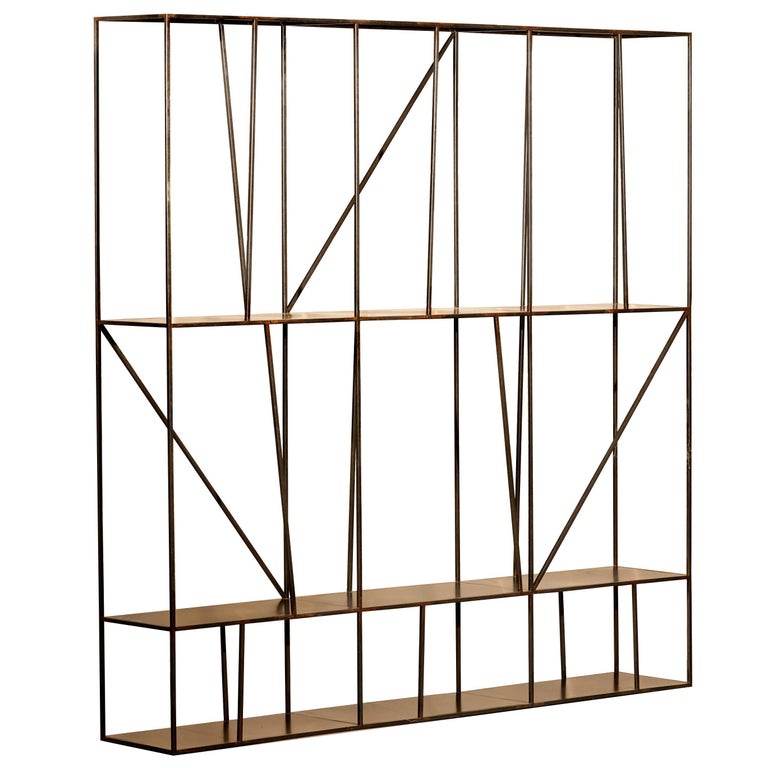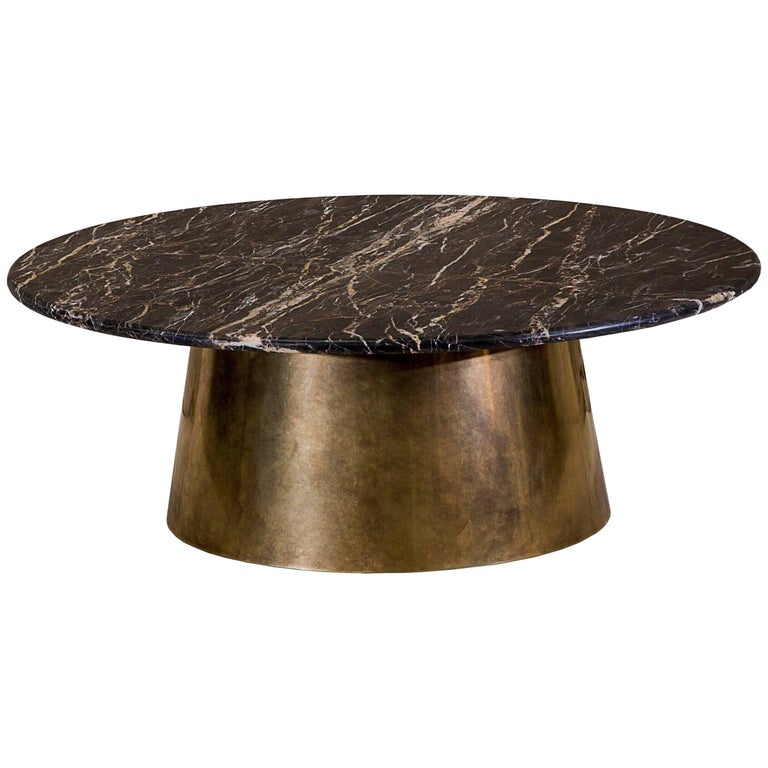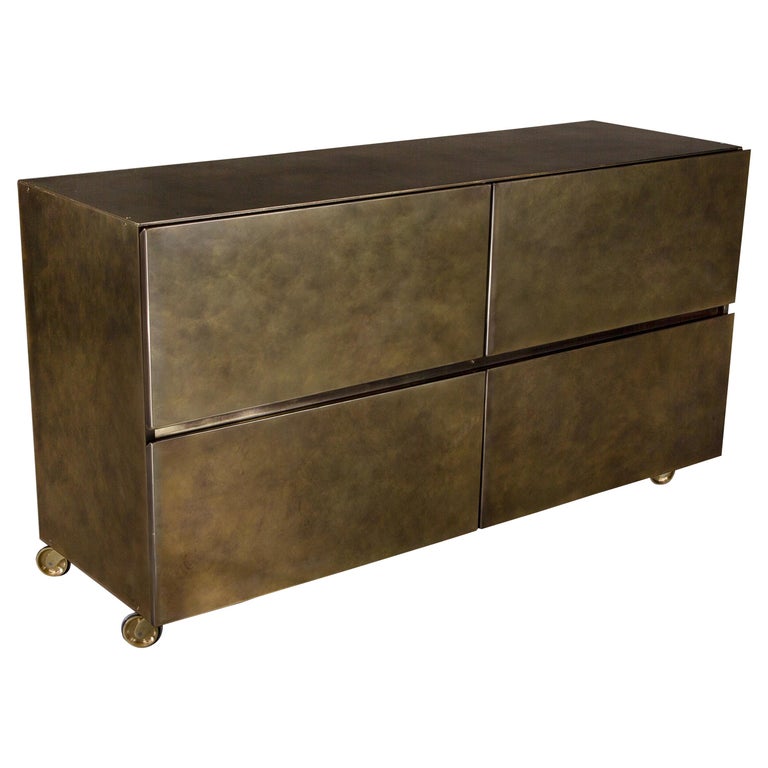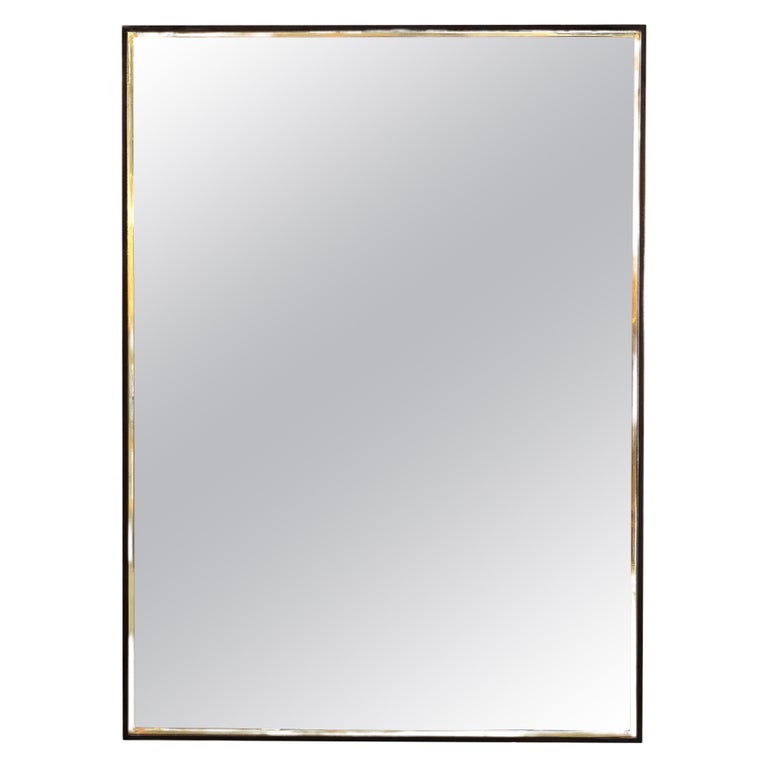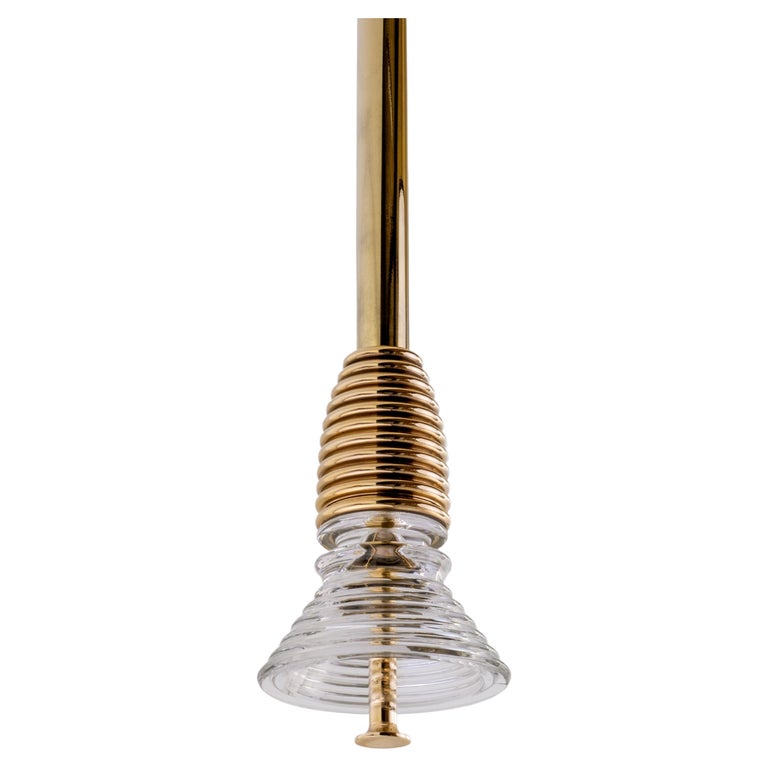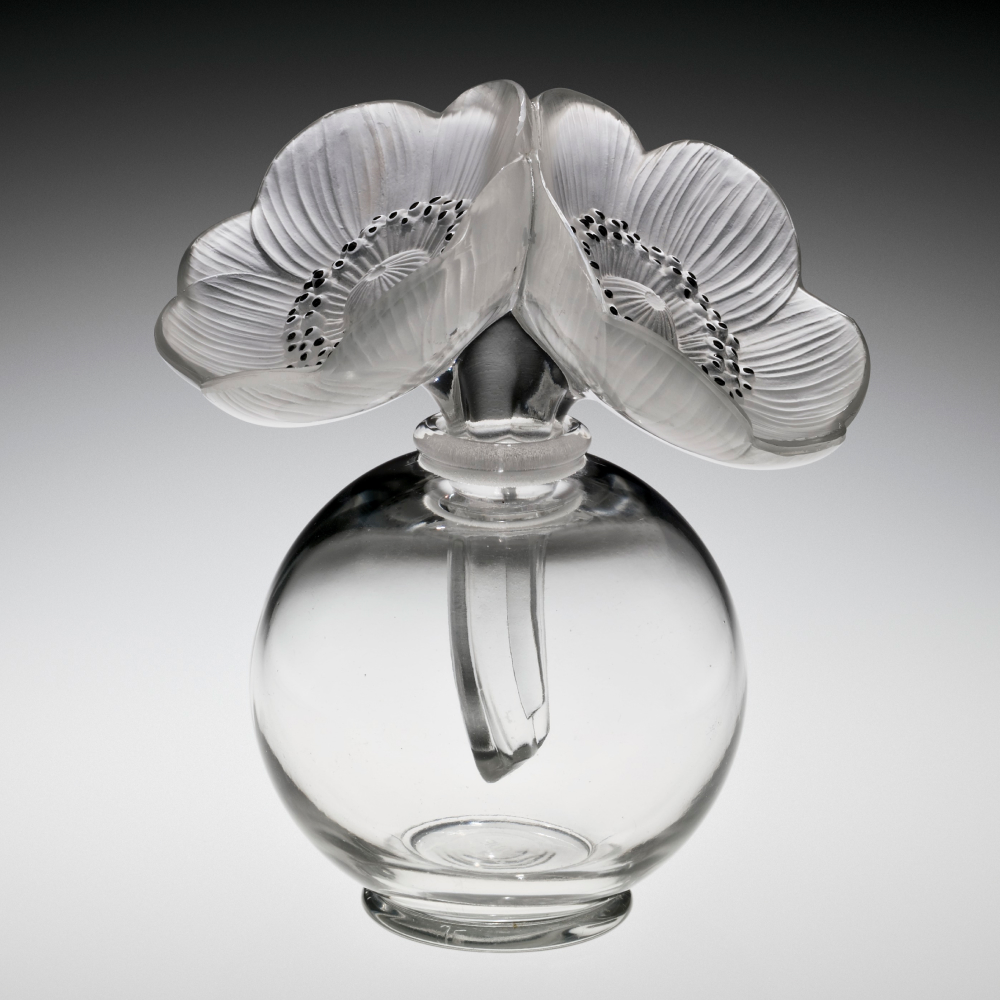May 26, 2024The descendent of generations of skilled shipbuilders, Richy Almond — cofounder of the contemporary furniture studio Novocastrian — has deep roots in North East England’s industrial past. He grew up around the sights and smells of his family’s metalworking business, earning his allowance in his father’s workshop.
Today, Almond and his team of 14 work out of that same space, forging in-demand hand-crafted furniture, accessories and lighting that combine modest materials and traditional techniques with an aesthetic that sits equally well in classic and contemporary interiors. The workshop, he says, “is not the prettiest, and it can be quite dirty and dingy at times. But it’s full of character and part of our family heritage.”

Having originally trained as an architect, Almond discovered the world of luxury residential and hospitality design while working for Anouska Hempel, creator of the iconic Blakes Hotel, after moving to London in 2008. It was then that he recognized the opportunity for creating custom metalwork.
“There weren’t many people making pieces to a very high standard,” he says. “I’ve always been interested in industrial design and how it can be redefined as luxurious.” And so, with his brother, Paul, Almond established Novocastrian — the term, derived from Latin, for a native of Newcastle — back in the North East. “That was in 2014, and it’s really snowballed since then.”


Novocastrian, he continues, focuses “on metalworking and fabrication techniques that have been synonymous with the region for many years. There are many sub-crafts within the area. But these skill sets are now in danger, so in our own way, we reinterpret and repurpose them to create something new. We don’t design to trends, and timelessness is something I try to enforce in every piece. We use honest materials, such as steel, stone and brass, and if we make a coffee table, I still want it to be relevant in a hundred years.”
Almond has collaborated on projects with global design firms including Banda and Taylor Howes. (In 2015, he also launched the studio Lind + Almond, partnering with London-based interior designer Pernille Lind on residential and hospitality commissions, including Copenhagen’s delightful Hotel Sanders, and on a collection of furnishings, which can also be sourced through 1stDibs.)
Here, Almond talks with Introspective about Novocastrian’s ethos, the unexpected places he finds inspiration and the things he treasures and admires.

What’s one piece currently available on 1stDibs that showcases Novocastrian’s approach?
Our Slate Binate coffee table, which is the first thing I designed, before Novocastrian even existed. It has a blackened-steel frame, the top is made from slate from the Lake District, and it’s one of our simplest designs. For me, it really exemplifies what we do — the classic lines, the understated materials and the finishing detail, all of which elevate the piece.
Where do you get your inspiration when you’re designing new pieces?
It’s really the structures and heritage of our region. There are a lot of industrial relics in the North East, especially from the Victorian era, which are amazing in an abstract way. That’s not to say our work is industrial, as it’s generally more refined and luxurious. But the rhythm and repetition of the railways or the detailing you might see on a steam train — I’m thinking about how I can translate that into product and furniture design.
I’m also a huge fan of Art Deco, and I’m almost a disciple of Charles Rennie Macintosh. I studied at the Glasgow School of Art, which he designed, and he continues to play a huge role in my career. Macintosh’s philosophy is about stripping things away — simplicity without being minimal is a good way to put it.

How would you recommend maintaining the finish on your pieces?
We love the idea of living finishes, which is how we refer to them. Essentially, we “let materials go.” In other words, we let them age naturally. It’s not for everybody. And with something like a brass table, which is a high-contact surface, you might not be into the living finish aesthetic, which is why some people treat them. Depending on use, we recommend a coat of beeswax every three to six months. A lacquered finish doesn’t need any maintenance at all.
If people wanted to commission bespoke pieces through 1stDibs for a project or for their home, what would the process be?
They would begin by sending us a message through our 1stDibs storefront, and from there, we’d collaborate through the platform. In the past, we’ve worked from a description or a sketch through to quite detailed drawings. We prefer a collaborative process, where we bring our design aesthetic to the project. Some clients give us a brief and a budget, then step back. But others like to see and feel materials, so we provide samples, drawings and renderings before manufacturing.


Can you give an example?
A favorite project was for a whiskey distillery in Scotland, which commissioned two maps in patinated brass: one of the area where the distillery is based and the other of the Sherry Triangle in Spain, where they source their casks. Another client wanted a games table based on a chess set that’s already in our collection. So, we scaled up the original design and integrated storage for the chess pieces.
How do you acquire the requisite skills for metalworking or designing products made with industrial metals?
Ideally you would need to do a metalwork apprenticeship, which takes around five years. If you want to design, you should find a small manufacturer like us and get involved, because — and this doesn’t just apply to metal work — your skill is multiplied a hundredfold if you have a connection with the making process. We employ all kinds of people. I’m an architect by trade, and we have 3D designers, people from fine art and textile backgrounds and even someone who was a tattoo artist who works on brass etching, so it really is diverse.

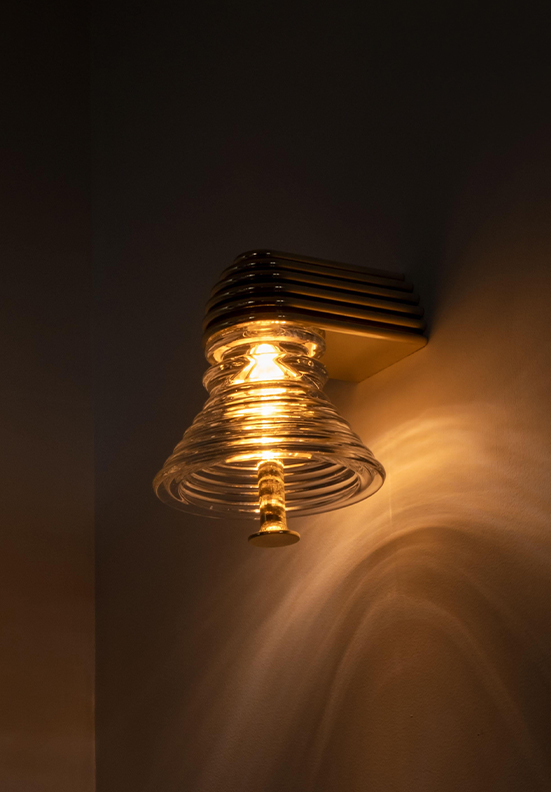
OK, now for a bit of a lightning round. What item at home would you not want to let go of?
A tin-and-brass miner’s lamp from the very early nineteen hundreds, which I bought at auction. It still works, and it’s a lovely thing that I keep at my home as a visual reminder of the mining village where I grew up.
If space were no object, is there a piece of furniture, art or sculpture you’d like to own?
Not so much an item, but I’d love a Victorian house with a turret, like the ones you see in London. I’d have a little library with bookcases on all the walls and a desk in the window. And I’d sit up there and immerse myself in work and design without distraction.

What item would you like to design that you haven’t already?
A proper banker’s desk with a dark-brown leather top and brass-clad drawers. We’ve had the idea in our heads for a few years. We just need someone to commission it.
Is there a space that you’d like to work in that you’ve not had the chance to yet?
I’d love to design a full interior in the Novocastrian aesthetic. It could be a house, a private home or a restaurant or a bar. The other thing that I’m keen to do is open a boutique hotel in Newcastle.

Is there a material that you haven’t already worked with that you’d like to investigate?
There’s one manufacturer left in the UK who works in vellum, which is a parchment-like semitranslucent material made from animal skin. There’s something about its purity in contrast to the heaviness and hardness of metal that I’m interested in. The other thing is coal, because it’s built into our heritage. Can we reconstitute it into a material for tabletops for example? That’s something we’re keen on exploring.


